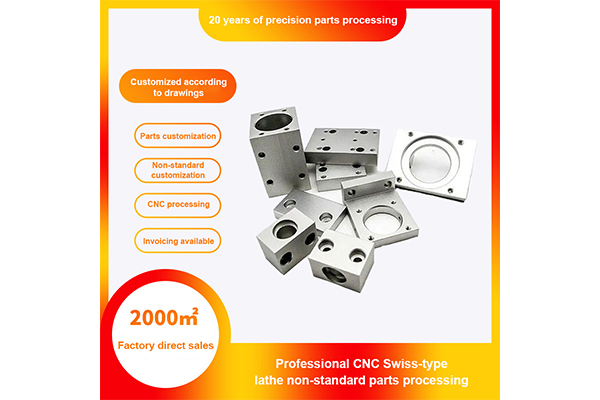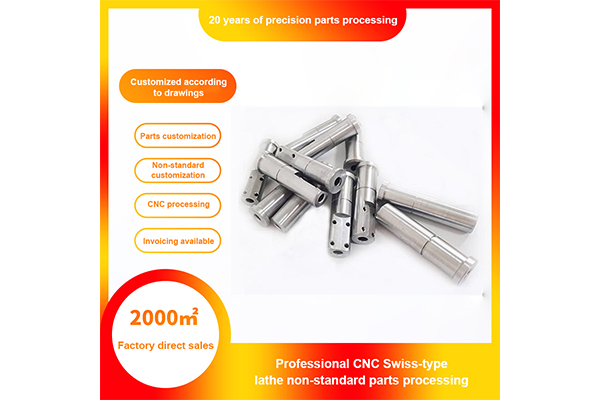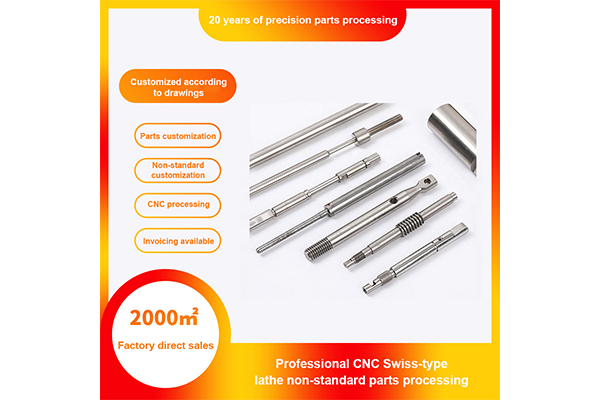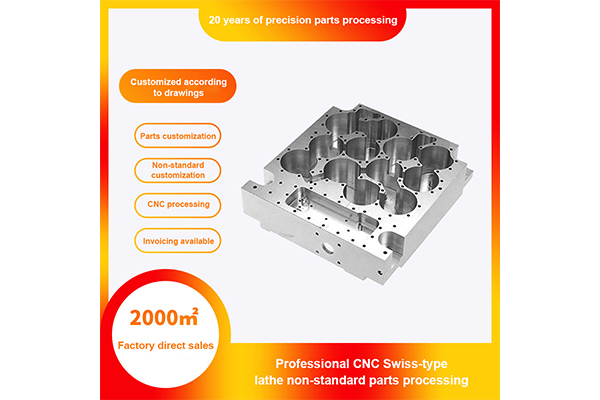How to ensure dimensional accuracy in CNC machine tool aluminum parts processing?
Release Time : 2025-03-20
In CNC machine tool aluminum parts processing, it is crucial to ensure dimensional accuracy.
1. Machine tool stability and debugging
Machine tool stability: The stability of the machine tool itself has a direct impact on the processing accuracy. The machine tool should be in good working condition to avoid mechanical problems such as looseness between the servo motor and the lead screw, wear of the ball screw bearing or nut, insufficient lubrication between the lead screw and the nut, and electrical problems such as servo motor failure, dirt inside the grating ruler, and servo amplifier failure.
Machine tool debugging: Regularly debug and maintain the machine tool, including checking the wear of mechanical parts, the stability of the electrical system, and the accuracy of system parameters to ensure that the machine tool operates in the best condition.
2. Processing technology and detail control
Processing technology: Follow reasonable processing technology, such as the principles of "rough first, fine second, face first, hole second, large face first, small face second" in milling CNC processing to reduce processing errors.
Iron chip processing: Iron chips generated during aluminum parts processing can easily cause errors to the workpiece. Therefore, the generation of iron chips should be minimized during the processing, and appropriate chip removal methods should be used, such as using the G83 command to drill deep holes to remove iron chips.
Use of coolant: The use of coolant has a certain effect on the deformation of the workpiece. During processing, the amount of coolant used should be reasonably controlled to avoid deformation of the workpiece due to cooling. At the same time, when performing in-situ measurement, attention should also be paid to the deformation of the workpiece after cooling.
3. Cutting parameters and tool compensation
Cutting parameters: Cutting speed, feed rate and cutting depth are key factors affecting processing accuracy. Under the premise of ensuring processing quality and tool wear, these parameters should be reasonably adjusted to give full play to the cutting performance of the tool, improve cutting efficiency and processing accuracy.
Tool compensation: In CNC lathes, factors such as tool head wear compensation are also important factors affecting processing accuracy. The tool compensation value should be checked and adjusted regularly to ensure processing accuracy.
4. Programming and tool setting accuracy
Programming: In manual programming, calculation errors are common. Therefore, automatic programming should be used as much as possible to minimize calculation errors. At the same time, during the programming process, attention should also be paid to the accuracy and consistency of the data.
Tool setting accuracy: Inaccurate tool setting is also an important factor causing dimensional errors. You should try to choose a good edge finder for tool setting operation. It is even better if the machine tool has an automatic tool setter. In the absence of an edge finder, you can take measures such as trial cutting based on certain operating experience to ensure tool setting accuracy.
In summary, ensuring the dimensional accuracy of CNC machine tool aluminum parts processing requires starting from multiple aspects such as machine tool stability, processing technology, cutting parameters, programming and tool setting accuracy. By comprehensively applying these measures, the dimensional accuracy and product quality of aluminum parts processing can be significantly improved.
1. Machine tool stability and debugging
Machine tool stability: The stability of the machine tool itself has a direct impact on the processing accuracy. The machine tool should be in good working condition to avoid mechanical problems such as looseness between the servo motor and the lead screw, wear of the ball screw bearing or nut, insufficient lubrication between the lead screw and the nut, and electrical problems such as servo motor failure, dirt inside the grating ruler, and servo amplifier failure.
Machine tool debugging: Regularly debug and maintain the machine tool, including checking the wear of mechanical parts, the stability of the electrical system, and the accuracy of system parameters to ensure that the machine tool operates in the best condition.
2. Processing technology and detail control
Processing technology: Follow reasonable processing technology, such as the principles of "rough first, fine second, face first, hole second, large face first, small face second" in milling CNC processing to reduce processing errors.
Iron chip processing: Iron chips generated during aluminum parts processing can easily cause errors to the workpiece. Therefore, the generation of iron chips should be minimized during the processing, and appropriate chip removal methods should be used, such as using the G83 command to drill deep holes to remove iron chips.
Use of coolant: The use of coolant has a certain effect on the deformation of the workpiece. During processing, the amount of coolant used should be reasonably controlled to avoid deformation of the workpiece due to cooling. At the same time, when performing in-situ measurement, attention should also be paid to the deformation of the workpiece after cooling.
3. Cutting parameters and tool compensation
Cutting parameters: Cutting speed, feed rate and cutting depth are key factors affecting processing accuracy. Under the premise of ensuring processing quality and tool wear, these parameters should be reasonably adjusted to give full play to the cutting performance of the tool, improve cutting efficiency and processing accuracy.
Tool compensation: In CNC lathes, factors such as tool head wear compensation are also important factors affecting processing accuracy. The tool compensation value should be checked and adjusted regularly to ensure processing accuracy.
4. Programming and tool setting accuracy
Programming: In manual programming, calculation errors are common. Therefore, automatic programming should be used as much as possible to minimize calculation errors. At the same time, during the programming process, attention should also be paid to the accuracy and consistency of the data.
Tool setting accuracy: Inaccurate tool setting is also an important factor causing dimensional errors. You should try to choose a good edge finder for tool setting operation. It is even better if the machine tool has an automatic tool setter. In the absence of an edge finder, you can take measures such as trial cutting based on certain operating experience to ensure tool setting accuracy.
In summary, ensuring the dimensional accuracy of CNC machine tool aluminum parts processing requires starting from multiple aspects such as machine tool stability, processing technology, cutting parameters, programming and tool setting accuracy. By comprehensively applying these measures, the dimensional accuracy and product quality of aluminum parts processing can be significantly improved.







